An Introduction to GST
An indirect tax imposed on the provision of goods and services is the Goods and Services Tax (GST). To put it another way, the Goods and Services Tax (GST) is a comprehensive, multi-stage tax levied at every point where value is added. GST is the only domestic indirect tax in the entire nation.

The Goods and Services Tax Act was enacted by Parliament on March 29, 2017, and it went into force on July 1 of that same year.
In all Indian states, including Union Territories, the GST rate, rules, and legislation are uniform.
Here is the list of the top 30 GST interview questions and answers
Q1. What taxes were in place before the GST, and why?
Many indirect taxes were on the floor, however, the GST has taken over their place. These indirect taxes were Value Added Tax (VAT), Entertainment Tax, Octroi, Entry Tax, Lottery Taxes, Advertisement Taxes, Purchase Tax, Luxury Tax, Central Excise Duty, Countervailing Duty, Service Tax, Special Countervailing Duty, Central Sales Tax (CST).
Q2. What are the differences between CGST, SGST, and IGST?
- Central Goods and Services Tax is referred to as CGST. Sales within the State are subject to CGST, which the Central Government collects. Central Excise and Service Tax are replaced by CGST.
- The State Government collects SGST (State Goods and Services Tax) on local sales made inside the State. Taxes including the VAT, entertainment tax, and luxury tax will be replaced by the SGST.
- Central sales, or those made outside of the state, are subject to the IGST (Interstate Goods and Services Tax). The Central Government collects this as an Interstate Supply of Goods and Services. Taxes like CST are replaced by IGST (Central Sales Tax).
Q3. Where is GST collected?
To avoid any misunderstanding regarding when it must be paid, the GST is collected at the point when the sale is made. Earlier there used to be a tax collected at each stage of the company process, including production, sales, and even when commodities were transported from one location to another. All of these are eliminated by the GST, simplifying things for everyone in the supply chain.
Q4. What are the different forms of GST in India?
There are 4 forms of GST in India:
- State Goods and Services Tax (SGST)
- Central Goods and Services Tax (CGST)
- Integrated Goods and Services Tax (IGST)
- Union Territory Goods and Services Tax (UGST)
Q5. What new compliances are there under GST?
Along with the online filing of GST returns, the GST regime has also brought in several new mechanisms.
e-Way Bills
A centralized GST system for “E-way bills,” or electronic waybills. This system went live on April 1st, 2018 for the intra-state step-by-step movement of products and on April 15th for the inter-state movement of commodities.
Manufacturers, traders, and carriers can simply create e-way invoices under this system for items that are moved from their origin to their destination on the same platform. The tax authorities also gain from this method because it reduces the amount of time spent at checkpoints and lowers tax evasion.
E-invoicing
This e-invoicing system came into effect on October 1st, 2020, for companies with yearly revenue of more than Rs. 500 crore in any prior fiscal year (from 2017-18). Additionally, at the beginning of January 1, 2021, this system was expanded to include companies with yearly revenues of more than Rs. 100 crore.
The businesses should procure a unique invoice reference number for every business-to-business invoice by uploading it to the GSTN’s invoice registration portal. Using a digital signature and a QR code, this gateway verifies the invoice and grants authorization.
Replication of invoices is possible with e-invoicing, which also helps to reduce data entry errors. There is no need for manual data entry because the invoice information is transferred immediately from the IRP to the GST portal and the e-way bill portal.
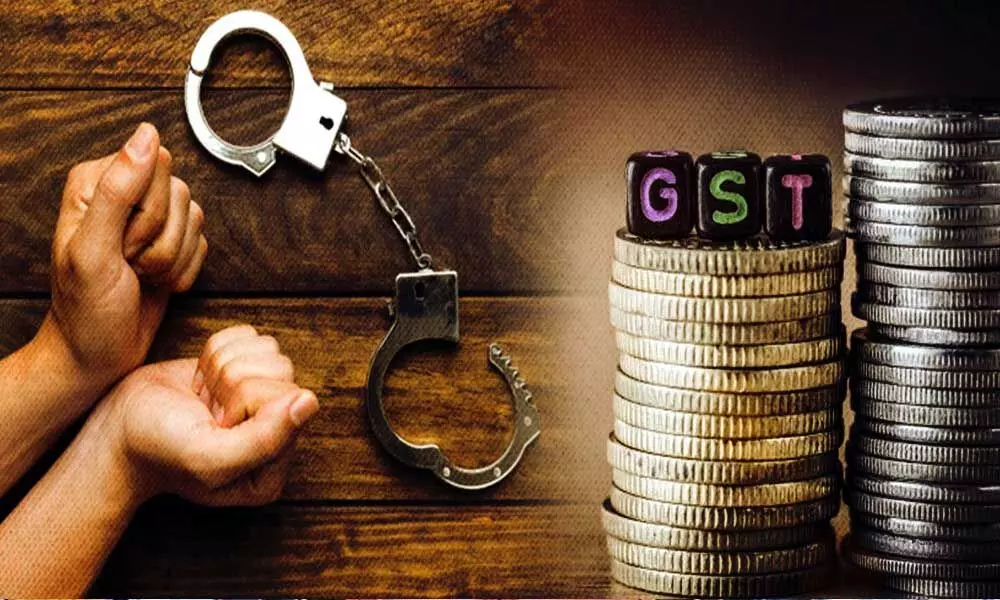
Q6. How do frauds use fake GST invoices?
One example is the issuance of invoices in the absence of any supply of goods or services. The supplier transfers the tax liability to the buyer after using his available input tax credit to pay off tax obligations. The purchaser utilizes this tax benefit to transfer it to his purchaser. This approach runs counter to section 16(2), which outlines four requirements for using ITC, including that the buyer must get the goods or services in addition to having the tax invoice.
According to Section 122, this is a crime that is punished by a jail sentence.
Another situation is claiming ITC without a tax invoice or any products. (According to Rule 36(4), ITC may be claimed for 5% of invoices not included in GSTR 2A.) The fraudster “recipient” has the option to claim bogus ITC to get over his current cash issue and then reverse it.
Q7. What is the GST number?
Organizations must register for the Goods and Services Tax (GST) and receive a unique 15-digit Goods and Services Tax Identification Number (GSTIN). This has replaced the Tax Identification Number (TIN) that firms obtained from state tax authorities to register with the VAT system.
Q8. What Are the Various Invoices Under GST?
The various invoices under GST are –
- Normally a tax invoice is to be issued for all types of Taxable Sales (Local or Central),
- Local and central sales begin with the same serial number of the invoice
- The same series is to be used for any sale made to registered and to unregistered person
- A tax invoice is to be issued for all types of taxable sales (Local or Central), generally
- Sale of exempted goods
- Sale by composition dealer
Q9. Give Reasons as to Why the Time, Place, and Value of Supply Is Important?
The time at which products or services are actually supplied is known as the time of supply. The seller needs to be aware of the “time” to determine when tax payments are due. To determine whether IGST or CGST/SGST would apply, the place of supply must be determined. Since GST is determined by the actual amount of the sale, the value of the supply is required. The GST amount charged will be erroneous if it is inaccurate.
Q10. Who Meets the Requirements for the Composition Plan?
- The supplier of goods or services must have had a turnover of less than Rs. 50 lakh during the last fiscal year in order to qualify under the Composition Scheme.
- Non-taxable products cannot be supplied by the supplier.
- The provider cannot engage in interstate supply chains.
Q11. What additional paperwork would I need or would my GST filing requirements alter if I already have a sole proprietorship registered and wish to trade a lot of products?
When enrolling, you must enter the HSN codes for the top five products you are selling. There are no more documents that you need to provide for this.
Q12. What does a GST expert do for a corporate?
A GST competent is a legally authorised individual who serves as a liaison between the registered person and the GST system. They help citizens who have registered for various GST compliances.
Q13. What are the taxes that GST replaces?
Numerous different indirect taxes have been replaced by GST:
- Central Excise Duty
- Countervailing Duty
- Special Countervailing Duty
- Octroi
- Service Tax
- Entertainment Tax
- Value Added Tax (VAT)
- Central Sales Tax (CST)
- Entry Tax
- Purchase Tax
- Advertisement taxes
- Taxes applicable to the lotteries
- Luxury Tax
Q14. State the procedure of adjustment of IGST with CGST SGST credit.
Output IGST can be adjusted with Input GST as per the given order –
- Input IGST if any
- Input CGST if any
- Input SGST if any
Q15. How may the taxable value for the GST levy be determined?
According to Section 15 of the CGST Act of 2017, when the supplier and the recipient of the supply are unrelated and the price is the only consideration for the supply, the value of the supply of goods or services or both shall be the transaction value, which is the price actually paid or payable for the said supply of goods or services or both. (In all other circumstances, the CGST Rules’ (Rules 27–35) rules and method for determining the value of a taxable supply shall apply.)
Q16. What is the minimum threshold to choose a composition scheme?
Registered individuals who had a combined annual revenue in the prior fiscal year of less than Rs. 1.5 crore had the option of paying tax as a percentage of their revenue. Additionally, this limit is Rs. 75 lakhs for eligible registered persons registered in any of the following States:
- Arunachal Pradesh
- Manipur
- Assan
- Meghalaya
- Nagaland
- Mizoram
- Sikkim
- Tripura
- Himachal Pradesh
Q17. Even when the recipient receives the products in the next month, can input tax credit be granted in the same month if the provider has indicated it as an outward supply?
According to Section 16(2) of the CGST Act 2017, all requirements for obtaining an input tax credit must be met. The acquisition of products, services, or both is one of the requirements. You cannot claim the input tax credit without this genuine receipt. The month in which the goods are actually received should be the only month where the input tax credit is offered.
Q18. What are the circumstances in which one or more credit notes for supplies made in a financial year can be issued?
One or more credit notes could also be issued in the following cases:
- The taxable value on which the tax is collected is quite the actual taxable value
- The tax charged is over what should have been charged
- The recipient has returned the products
- The recipient has found that the products or services or both supplied are deficient
Q19. How many copies of the invoice are needed if goods are supplied?
The invoice must be made in three copies. The recipient receives the original, the transporter receives a duplicate, and the supplier receives a triple copy. The duplicates should bear the appropriate markings, such as “ORIGINAL FOR RECIPIENT,” “DUPLICATE FOR TRANSPORTER,” and “TRIPLICATE FOR SUPPLIER.”
Q20. What would be the ‘due date of issuance of invoice’ with reference to the provisions relating to the time of supply of services?
As per Rule 47 of the CGST Rules, 2017 the time limit for issuing a tax invoice is 30 days from the date of provision of service. In the case of an Insurer, Banking Company, or Financial Institution including NBFC the said time limit is 45 days from the date of supply of services.
Q21. What impact does reverse charging have on the input tax credit?
Recipients who pay taxes on a reverse charge basis may be eligible for a credit under Section 17 of the CGST Act, 2017. The value of such a supply will be regarded as an “exempt supply” concerning the supplier whose tax is paid by the recipient.
Q22. Whether the provision of equipment and its installation would qualify as a composite supply.
The equipment is really purchased by the recipient, making it the main supply, and it is installed before the recipient can use it. Even though there is a separate fee for the equipment installation, the service is inherently combined and given in the normal course of business, making the provision a composite supply.
Q23. Describe composite supply.
A composite supply is made up of two or more taxable supplies of either commodities or services, or both, or any mixture of the two, that are naturally combined and provided alongside one another in the regular course of business, with one of the supplies being the major provision. The provision of goods or services that make up the bulk of a composite supply is referred to as the principal supply.
Q24. What actions or transactions are listed in Schedule I of the CGST Act 2017?
- Deals between relatives
- Agent-Assisted goods supply
- In the course of conducting business, a taxable person may import services from a related person.
- Permanent transfer of business assets in which ITC has been availed
Q25. What does the CGST Act of 2017 mean when it says “supply”?
The term “supply” refers to:
- All arrangements made or agreed upon to be made for a consideration by a person in the course or advancement of business for the provision of products or services, or both, the transfer, bartering, trading, exchanging, licensing, renting, leasing, or disposing of things
- The importation of services for payment, whether or not in furtherance of business
- The undertaking of the activities listed in Schedule I, whether or not for payment.
Q26.What are deemed exports?
As defined by Section 147 of the CGST Act of 2017, deemed exports are any supplies of products that may be notified under it. (Section 147 of the CGST Act states that the govt may, on the recommendations of the Council, notify certain supplies of products as deemed exports, where goods supplied don’t leave India, and payment for such supplies is received either in Indian rupees or in convertible exchange if such goods are manufactured in India.)
Q27. Describe mixed supply.
When two or more separate supplies of goods or services—or any combination of them—are made by a taxable person for a single price but do not together make up a composite supply, the supply is referred to as a “mixed supply.”
Q28. Which are the commodities kept outside the purview of GST in India?
- Alcohol for human consumption
- Petroleum Products such as petroleum crude, motor spirit(petrol), high-speed diesel, natural gas, and aviation turbine fuel, etc.
Q29. What role did technology play in the implementation of the GST?
To assist Indian taxpayers in preparing, filing returns, paying indirect tax liabilities, and completing other compliances online, the Goods and Services Tax Network GST Practitioner Course has developed an indirect taxation platform for GST. The Central and State Governments, taxpayers, and other stakeholders receive IT infrastructure and services from it to operate the GST in India. The primary goal of the GSTN Goods and Service Tax Network is to provide a standardized and transparent medium that is simple for all taxpayers, members, stakeholders, and the government to access.
Q30. What are the disadvantages of GST?
Some of the disadvantages of GST are –
- There are too many returns to be filed
- Returns have become complicated
- Difficulty in computation
- IGST and not CGST on Interstate Sales
- Last Period Tax to be paid first
I hope these questions and answers will help you to crack your interview to get your dream job. Besides these, you should also have in-depth knowledge of GST and other terms and definitions. For this, you can enroll in an institute like Henry Harvin.
Henry Harvin

One of the top companies for developing career competencies is Henry Harvin. They assist candidates in achieving their career objectives through training and skill development.
Their goal of applying the most recent methodology and techniques to reinvent processes aids in their success. With the highest level of efficiency, they fully satisfy the needs of the consumer. They work with eminent institutions as business partners and have an endless clientele. They are the best among the top training businesses since they offer candidates high-quality teaching.
Take Away
The First Impression is crucial because it gives you a chance to establish credibility with the interviewer. You should emphasize in your application for the GST Interview why your education and experience make you the best applicant for the position. The hiring manager will be able to see how you will contribute your work ethic to the organization. Learn the answers to these questions, but don’t forget to conduct your own research. The potential employer is eager to find out how much you actually know. Your prospects of winning are lost if your confidence wanes.Your prospects of winning are lost if your confidence wanes. Certain personal information is required for interviews. Prepare the ideal resume. Your classes can assist you in creating one. Carrying your success certificates in this sector might also be a wise decision.
Recommended Reads
TOP 10 GST PRACTITIONER COURSE IN INDIA: 2022
TOP 10 GST COURSES IN BANGALORE
FAQs
A GST-qualified expert has a better chance of landing a higher-paying job in a variety of industries because practically all businesses are implementing the new tax regime. A GST certification also gives accounting and finance professionals’ resumes a competitive edge.
In India, the starting salary for a GST executive is approximately INR 1.5 lakhs (Rs12.5k/month). A GST Executive must have at least one year of experience. What is the GST Executive’s highest compensation in India? The maximum annual remuneration for a GST Executive is 8.0 Lakhs or 66.7k per month.
Graduates, Advocates, Retired Government Officials, and CA/ CS/ CMA holders with a Certificate of Practice (COP) are all able to apply for registration. Authorized Representatives who can act on behalf of the taxpayers and represent them before tax authorities can also be appointed by GSTPs.
The NACIN examination must be passed for eligible individuals to enroll themselves as GST Practitioners.

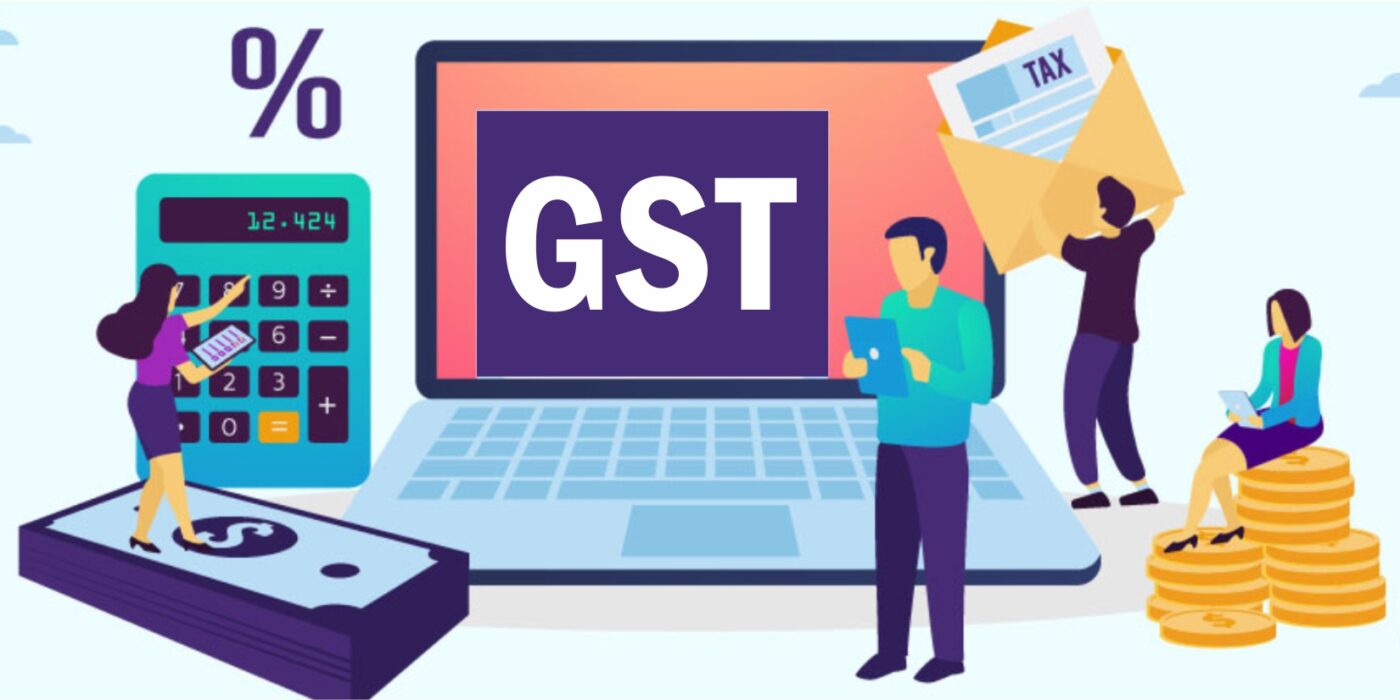
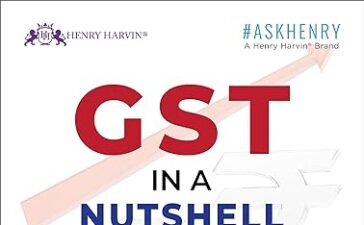
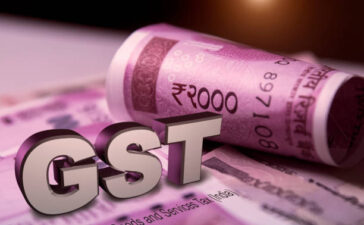
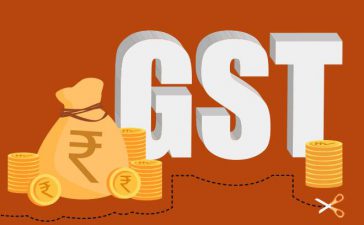
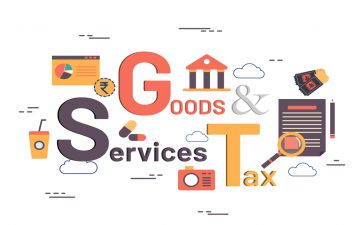


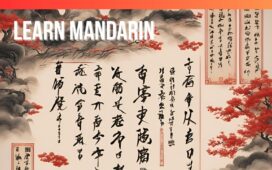

The GST interview questions and answers compiled here offer a well-rounded approach to tackling interviews in the field. The website’s user-friendly interface and categorized question bank make it convenient to navigate and prepare effectively. A must-visit resource for anyone seeking GST-related job opportunities.
Fantastic resource for GST interview preparation! These well-crafted questions and answers cover all key aspects, making it easy to grasp complex concepts. It’s a must-visit for anyone seeking to excel in their GST interviews.
The GST Interview Questions and Answers provided here are invaluable! Comprehensive and well-structured content that covers all aspects. It’s a must-read for anyone preparing to excel in their GST interviews.